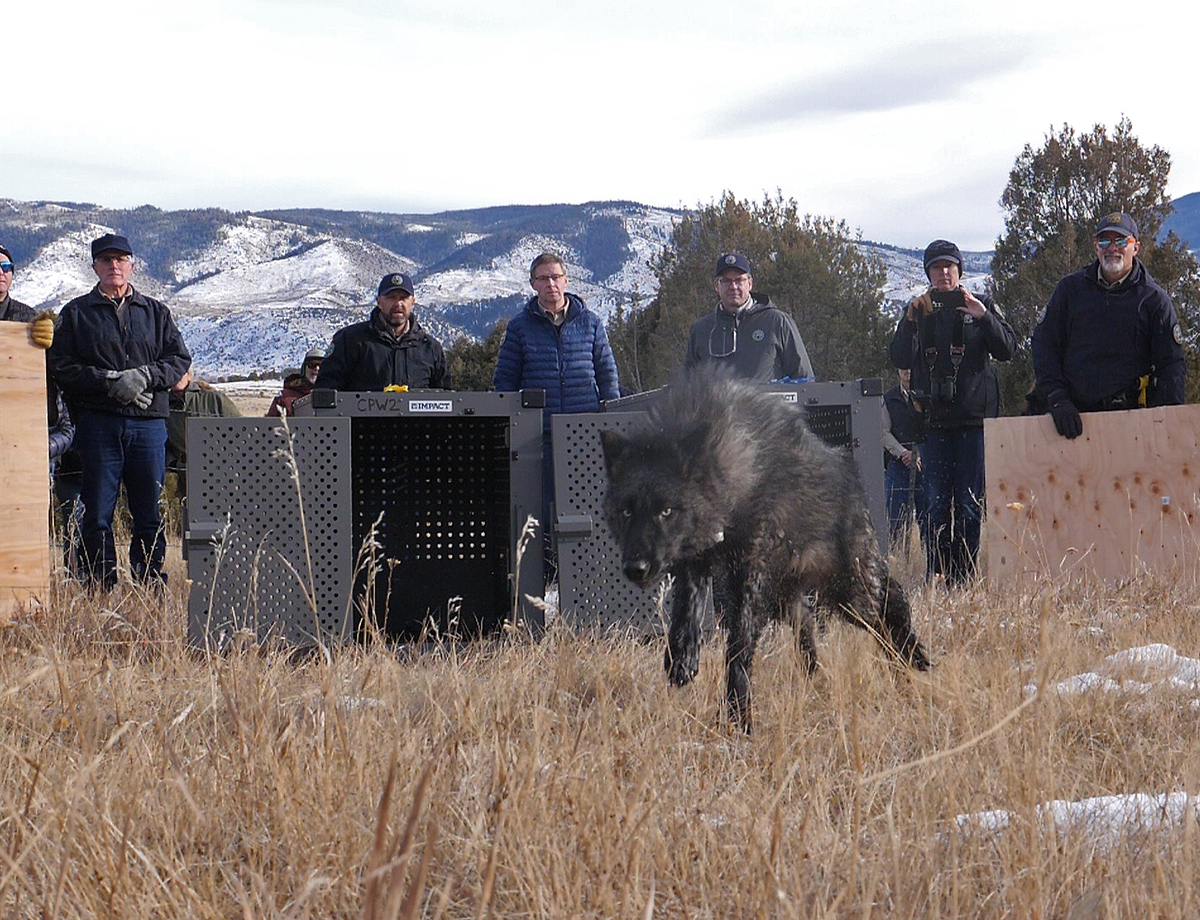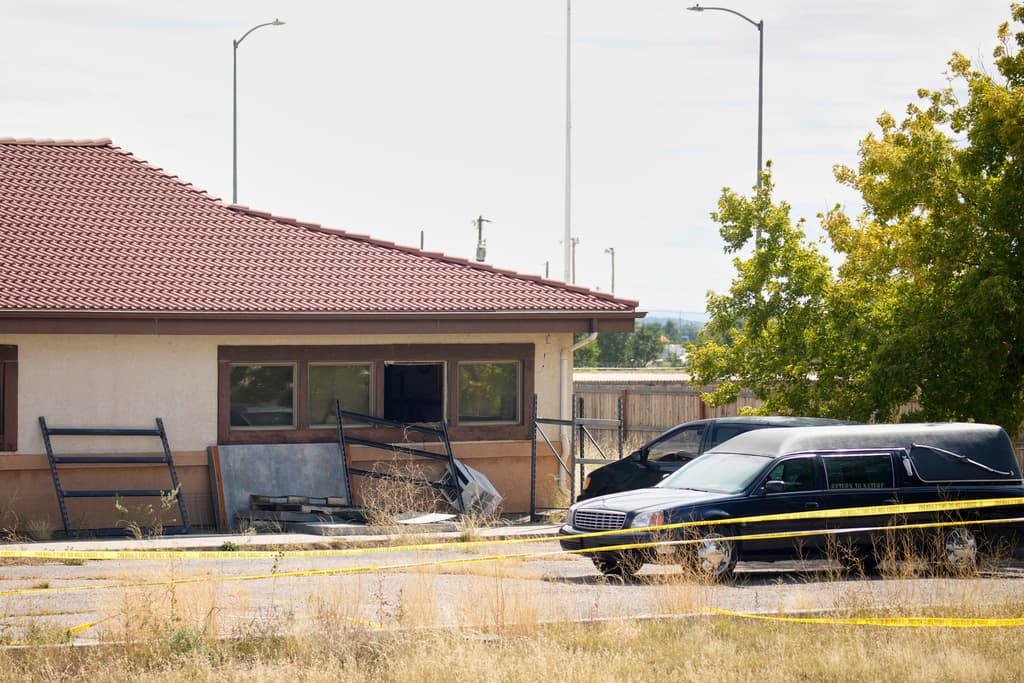
Matthew Brown|AP
Wildlife agencies are trying to capture and relocate the first pack of wolves that formed under Colorado's ambitious wolf reintroduction program after the animals repeatedly attacked livestock, marking an early stumble in the first year of the voter-driven initiative.
The move comes only a week after state officials touted three pups born to the Copper Creek pack, which formed after 10 of the predators were released in December over bitter opposition from livestock groups. The pack has at least two adults.
The bid to capture them goes against the state's wolf management plan. That 2023 document includes guidance that a relocation “has little technical merit” because it could create problems elsewhere if the animals continue attacking livestock.
Officials did not say where the Copper Creek pack would be relocated.
Ranching groups wanted the wolf pack killed. Wildlife advocates said more should have been done to keep them from killing livestock, such as using electric fencing that can better deters attacks.
In other parts of the U.S. where wolves are well-established — including in the Northern U.S. Rocky Mountains and around the Great Lakes — the predators are routinely killed by wildlife officials in response to livestock attacks. Wolves are prolific breeders so removing some animals doesn't have population-wide effects.
Colorado's attempt to instead capture problem wolves comes after an agency spokesperson told The Associated Press last week that officials wanted to avoid killing them because “it's too early in the process” of reintroduction.
“We don't have enough wolves on the landscape to lethally remove" the pack, spokesperson Travis Duncan said.
State officials did not disclose where the capture operations were taking place but said the work was being done in conjunction with the U.S. Fish and Wildlife Service.
Michael Saul with Defenders of Wildlife said it was a “big setback” for the reintroduction.
“There are lots of ranchers using existing tools who are living with wolves and not having this problem,” Saul said.
In a statement issued late Tuesday, Colorado Parks and Wildlife Director Jeff Davis characterized the Copper Creek pack relocation as a “unique case,” but did not elaborate.
“This action is by no means a precedent for how CPW will resolve wolf-livestock conflict moving forward,” Davis said in the statement. "The ultimate goal of the operation is to relocate the pack to another location while we assess our best options for them to continue to contribute to the successful restoration of wolves in Colorado.”
Wolf reintroduction in Colorado was narrowly approved by voters in a 2020 ballot measure. Wildlife officials expect to release an additional 30 to 50 wolves over the coming years. A handful of wolves have also wandered into Colorado from Wyoming.
Proponents argued that the apex predators would reestablish an ecological balance in the area. Wolves were largely hunted out of the state by the 1940s.
Owners of calves that are killed can be compensated by the state for the animal’s market value, up to $15,000. Ranchers have said that's not enough.
Gray wolves killed some 800 domesticated animals across 10 states in 2022, including Colorado, according to a previous Associated Press review of depredation data from state and federal agencies. While the losses can affect individual ranchers, it has a negligible effect on the industry at large.
- New videos show three pups born to Colorado’s reintroduced wolves
- One of Colorado’s reintroduced wolves was found dead. Investigators say it probably died from natural causes
- ‘People like to make an example’: Wolf advocate says lobbying accusations are part of political war
- Here’s where Colorado wolves have been hanging out — for now








